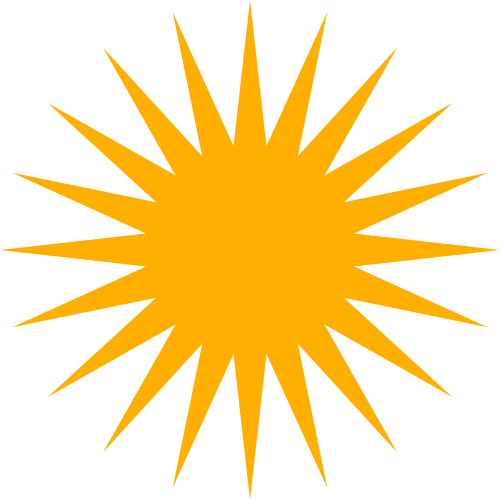One of the characteristics of thought is its power or charisma. This charisma draws us into the arena of the thinking mind, holding us captive.
The aim of our practices, such as Kum Nye, TSK, or Nyingma meditation, is to open this world of thoughts. When we can directly experience the field, the energy, and the content of thoughts, and can open all these aspects, we are no longer blindly participating in the world of the mind. This is real freedom and strength, for we are not bound to suffering and trapped by emotionality.
Opening the world of thought does not depend on systems or psychologies but on direct experience. If we can communicate with our own mind, we can open thoughts through thoughts; we can interpret without an interpreter. The starting point is to see that we are not free, that we are trapped in the field of emotions and thoughts. The more deeply we understand this, the more easily we can cut through the bonds that restrict us. The easier this cutting through becomes, the deeper our understanding grows. Eventually, we can directly touch the meaning of knowledge, finding the source of its vitality and abundance, and with it, true meaning and value. This discovery is like coming home.
Opening the world of thought does not depend on systems or psychologies but on direct experience. If we can communicate with our own mind, we can open thoughts through thoughts; we can interpret without an interpreter.
When we understand this key point, many teachings prove to be related and many points can be reduced to one point. Once we can be friendly with our thoughts, we discover that our difficulties are not so overwhelming after all. We can be very direct: Without interpretation, we can look at how our present situation arose. We do not need to take positions or insist on one particular teaching to which we attempt to relate everything else. This approach is more simple than trying to find an ultimate position. If we look, we see that mind works a particular way. Through seeing this, we realize that we have some choice in the matter. We come to direct knowledge: Seeing, hearing, and touching become knowledge, and each particular thought becomes knowledge. The whole of our being becomes a knowledge body.
If it is that simple, then why does the Dharma offer so many different teachings? It is because there are so many levels of karmic obscuration. Thoughts, patterns, and images represent different kinds of obscurations, and so there are teachings relating to each of them. It is said that ultimately there are as many teachings as there are thoughts.
We might consider this way of practice as having several stages. First, we learn to be comfortable and open with ourselves, wishing to be helpful to our own mind and body. This becomes a real friendship with ourselves, a complete acceptance and appreciation. We embrace who we are and are willing to work with ourselves. Now we can begin to encourage ourselves in positive directions, cultivating beneficial ways of thinking and acting. Often when we see our patterns of thought and emotion, we respond by feeling guilty or inadequate. But a more direct response is possible. We can acknowledge our mistakes and resolve not to make the same ones again. When we see directly how mind operates, knowledge offers us this choice.
When we practice this way, our practice is genuine, our thoughts are sincere, and our efforts are based on compassion. This means we are touching the foundation of human being. We do what we can do and we give the fruits of the knowledge we have. It is very simple, and at the same time deeply meaningful.
